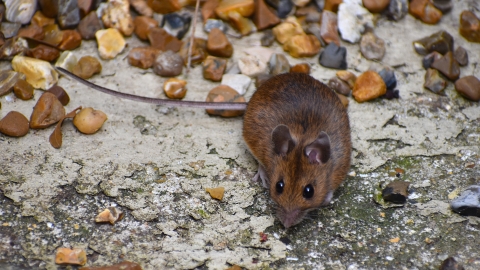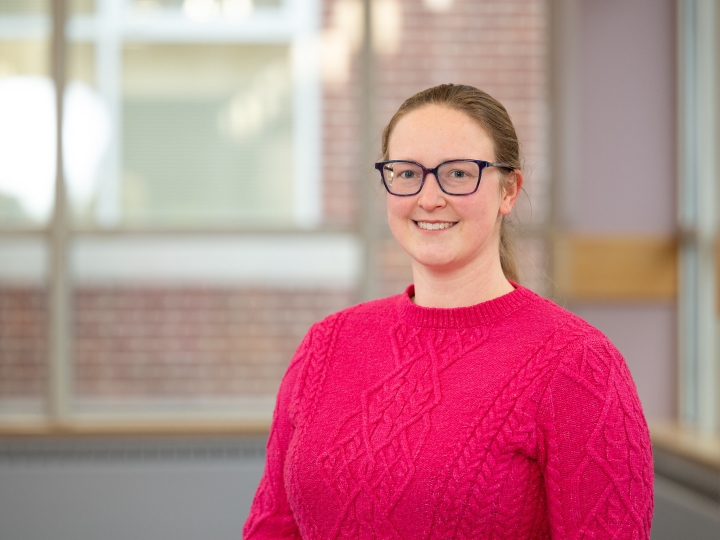
Cool Classes: Animals and Pandemics
May 26, 2020
Photo by Rusana Krasteva/Shutterstock.com
What class?
BIOL 112: Animals and Pandemics
Who teaches it?
Professor DeeAnn Reeder, biology
Why is it cool?
It goes without saying today that emerging infectious diseases are a critical threat to global public health and have widespread economic consequences. Up to 75% of these human outbreaks are zoonotic, meaning they result from the spillover of pathogens from animals to people.
I study these zoonotic pathogens and the animals that carry them. In this summer class, conducted remotely due to the ongoing COVID-19 pandemic, students from a variety of majors explore major zoonotic outbreaks, including this one, from a multidisciplinary perspective. We tackle issues of biodiversity and conservation, disease ecology and immunology — with a dash of mathematical modeling.
We look at each of "the big ones," including Ebola, HIV, SARS and COVID-19, some nasty relatives of measles, and pandemic bird and swine flu. Throughout the class, students evaluate both scientific literature and the plethora of real and fake news swirling around the current pandemic, which we'll debate weekly by playing our own version of the board game "Fact or Crap?" It's not always easy to separate the two, and as we let science guide us in critically evaluating media narratives, my students will become more analytical thinkers and readers.
We also take a sober look at how these pandemics started, which has more to do with human activities than it does with the animals they initially afflicted. We discuss examples from my own work in very remote parts of Africa and with international research consortiums that focus on zoonotic emerging infectious diseases. I and my students aim to put ourselves in the shoes of others as we examine how culture (and often, hunger) play a role in the risky decisions that people make, as do kleptocracy, political turmoil and totalitarian governments. All of these factors can limit options for what people have to eat and push them into closer contact with wildlife.
By the end of the course, students will take on another zoonotic disease, such as rabies, Lyme disease or Q fever, by creating their own teaching products for their classmates and the public. They'll do so using ArcGIS StoryMaps, a transformative digital tool for telling stories with data, with help from GIS expert Janine Glathar, Bucknell's digital pedagogy & scholarship specialist for GIS, and research assistance from sciences and engineering librarian Jim Van Fleet. In the end, my students will have the tools to not only critically evaluate COVID-19's risks and how we will beat it in the end, but also to prevent the NBO, or "next big one." — DeeAnn Reeder

